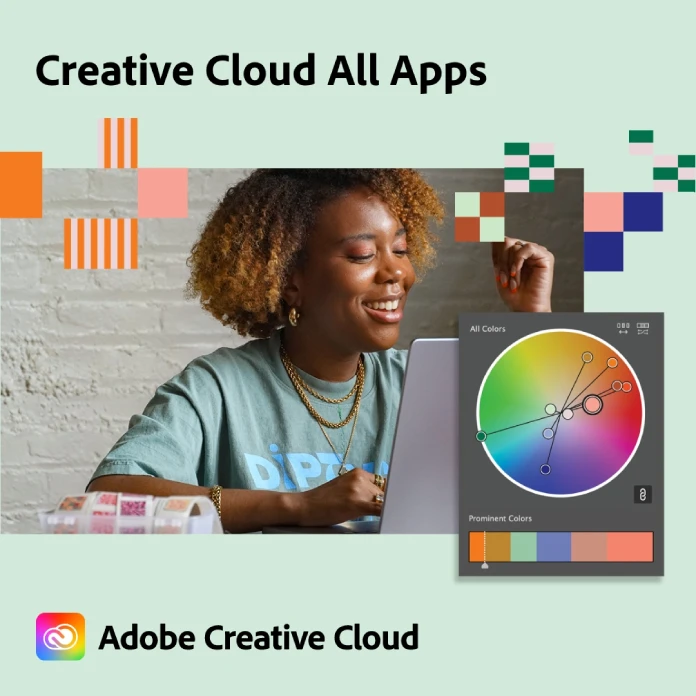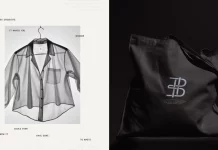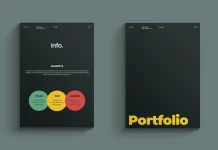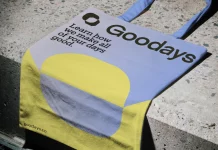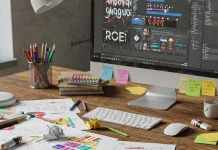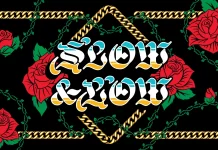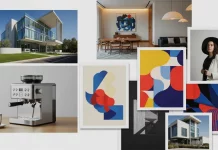Creativity requires powerful partners in the modern studio. Finding the best AI design tools has become the primary objective for agencies and freelancers alike. We no longer look for novelty; we demand utility, precision, and seamless integration. Software has evolved from simple prompt-based toys into complex systems that understand intent. Therefore, selecting the right stack determines your relevance in the industry. The best AI design tools for 2026 do not replace designers. Instead, they eliminate the mundane friction between an idea and its execution.
How Will the Best AI Design Tools Transform Your Workflow?
Why should a creative professional care about these specific algorithms? The answer lies in the transition from generation to direction. Previously, designers struggled with chaotic outputs. Now, the best AI design tools offer granular control over every pixel and vector. You effectively become an art director orchestrating a digital team. Consequently, efficiency skyrockets while the barrier to complex execution lowers. Designers must leverage these platforms to remain competitive.
Furthermore, the industry rewards those who master these systems. Clients expect faster turnarounds without sacrificing quality. Only the best AI design tools can bridge that impossible gap. This list curates the essential software that defines high-level design in 2026.
1. Midjourney v7: The Aesthetic Heavyweight
Midjourney remains the undisputed king of pure visual imagination. It consistently ranks among the best AI design tools because it understands style better than any competitor. The v7 update brings startling coherence to complex prompts. Designers use it for mood boards, high-fidelity textures, and rapid concepting.
Moreover, it now handles text and vectors with surprising competence. You can generate entire layout concepts that actually look finished. It forces the user to think like a photographer or a painter. Therefore, it is indispensable for purely creative exploration. Creative directors rely on Midjourney to visualize the impossible before committing to production. It remains one of the best AI design tools for raw inspiration.
2. Adobe Firefly (Integrated Ecosystem): The Professional Standard
Adobe creates the infrastructure that the design world rests upon. Firefly is not just a standalone generator; it lives inside Photoshop and Illustrator. This integration makes it one of the best AI design tools for professional workflows. You generate assets directly on your canvas without breaking focus.
Generative Fill has matured into a precision instrument. It understands lighting, perspective, and layer hierarchy perfectly. Consequently, retouching tasks that took hours now take seconds. Adobe ensures that all data is commercially safe. This security makes Firefly the top choice for corporate design teams. It solidifies its place as one of the best AI design tools through sheer reliability.
3. Figma with “Co-Pilot” Features: The UX/UI Accelerator
Interface design demands structure, logic, and consistency. Figma has integrated AI to handle the tedious parts of UI construction. It automatically generates auto-layout frames and responsive components. This capability easily places it among the best AI design tools for product designers.
You describe a user flow, and Figma builds the wireframes instantly. Furthermore, it suggests design systems based on brand guidelines. Teams can iterate on prototypes ten times faster than before. It frees the designer to focus on user experience rather than pixel pushing. Therefore, Figma retains its crown as one of the best AI design tools for the web.
4. Runway Gen-4: The Motion Design Powerhouse
Static images often fail to capture modern attention spans. Runway dominates the video synthesis market. It allows designers to turn text or images into high-fidelity video. For motion graphics, it is undoubtedly one of the best AI design tools available.
The Gen-4 model understands physics and camera movement intuitively. You can direct a scene like a cinematographer. Consequently, agencies use it to produce storyboards and social media assets rapidly. It lowers the barrier to entry for high-end motion design. If you work in advertising, Runway is essential. It is one of the best AI design tools for kinetic creativity.
5. Canva Magic Studio Enterprise: The Democratizer
Canva often gets dismissed by purists, yet its AI suite is undeniable. It brings high-level design capabilities to the masses. However, for professionals, it serves as the ultimate efficiency hack for bulk production. It ranks as one of the best AI design tools for social media management.
Magic Studio resizes, translates, and redesigns assets across formats instantly. It creates consistency across massive campaigns with zero effort. Therefore, marketing teams prefer it for speed. It handles the grunt work so designers can focus on the hero assets. This utility makes Canva one of the best AI design tools for scaling content.
6. Leonardo.ai: The Asset Factory
Game developers and 3D artists require specific, consistent assets. Leonardo.ai specializes in creating production-ready game assets. It offers fine-tuned control over style models. This focus makes it one of the best AI design tools for specialized industries.
Unlike generalist models, Leonardo understands texture maps and 3D consistency. You can train it on your specific art style. Consequently, it becomes a dedicated concept artist for your studio. It accelerates pre-production significantly. For specific stylistic needs, it is one of the best AI design tools to have.
7. Uizard: The Prototyping Wizard
Uizard turns scribbles into functional apps. It targets the earliest stage of the design process. You sketch an idea on a napkin, upload it, and Uizard builds the UI. This magic makes it one of the best AI design tools for entrepreneurs and product managers.
It bridges the gap between non-designers and development. However, professionals also use it to validate ideas quickly. It eliminates the blank canvas paralysis. Therefore, it speeds up the initial client feedback loop. Uizard earns its spot as one of the best AI design tools for rapid iteration.
8. Topaz Photo AI: The Restoration Expert
Creation is only half the battle; quality control is the rest. Topaz uses AI to upscale, sharpen, and denoise images. It saves low-resolution client assets from the trash bin. This utility makes it one of the best AI design tools for print and production.
It recovers facial details and fixes motion blur miraculously. Designers use it to ensure AI-generated images meet print standards. Furthermore, it integrates into existing workflows seamlessly. It acts as the final polish on visual projects. Therefore, Topaz is essential for maintaining professional quality. It is one of the best AI design tools for technical perfection.
9. Looka: The Branding Sprinter
Small businesses need identities fast. Looka combines AI with design heuristics to build logos and brand kits. While it lacks human nuance, it is one of the best AI design tools for rapid branding.
It generates color palettes, font pairings, and logo marks instantly. Designers use it to brainstorm directions before refining manually. Consequently, it serves as a powerful ideation springboard. It helps visualize market positioning quickly. Looka remains one of the best AI design tools for starting a brand identity.
10. Vizcom: The Industrial Design Renderer
Industrial designers need to visualize physical products quickly. Vizcom turns sketches into photorealistic product renders in seconds. It understands form, material, and lighting. This niche focus makes it one of the best AI design tools for hardware design.
You draw a line drawing, and Vizcom applies the materials. It respects the perspective of your original sketch. Therefore, it aids the design process rather than hijacking it. It keeps the human hand involved. For product visualization, Vizcom is one of the best AI design tools in 2026.
Why You Must Choose the Best AI Design Tools Carefully
The market floods us with new software daily. Using too many tools creates a fragmented, messy workflow. You must select only the best AI design tools that serve your specific niche. Quality beats quantity every time.
Designers who rely entirely on AI lose their voice. You must use these tools to amplify your perspective, not replace it. The best AI design tools function as assistants, not directors. You provide the taste; they provide the labor. Therefore, your critical eye becomes your most valuable asset.
Ultimately, the best AI design tools are the ones that make you feel more creative. They remove barriers. They open new aesthetic doors. Embrace this technology, but never forget that design is a human discipline. The future belongs to those who wield these tools with intention.
Feel free to browse WE AND THE COLOR’s AI and Graphic Design categories for more.
Subscribe to our newsletter!


